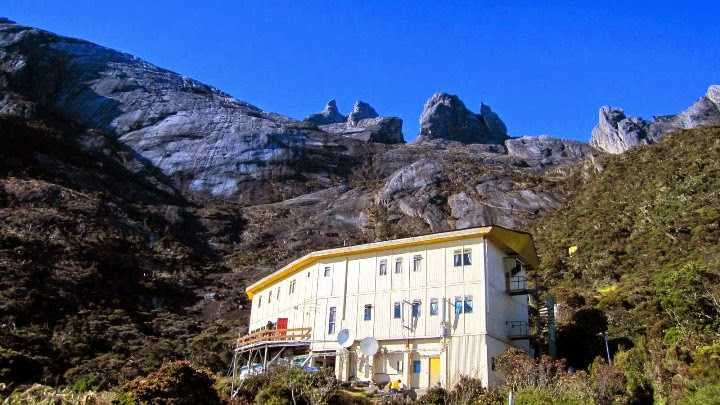(GUA
KELAM)
Perlis
Indera Kayangan a place situated in north peninsular Malaysia where there are
Gua Kelam recreational park. Gua Kelam is located about 33km north of Kangar,
the state capital of Perlis. This cave is famous for its attraction and its
enhancing ‘cave walk’ where the visitors can enter the cave and come out at a
different location.
WHAT
SO SPECIAL ABOUT THIS CAVE?
This
limestone cave is 370m long and near the small town namely Kaki Bukit. The only
path to the cave is via an eight-foot wide wooden suspension bridge. This
bridge connects Kaki Bukit to the Wan Tangga Valley, a valley on the opposite
end of Gua Kelam. The long underground river that flows through approximately
400m of limestone ranges can be seen while going through this cave. This underground
river is a natural phenomenon. While walking, you will hear the sound of water
from a stream flowing below, the sounds made by bats and stalactites dripping
water from the slab of the stone combined to form a unique natural sound.
I
recommended wearing proper attire at this cave. It is to prevent any accidents
from occurring during at the cave. This cave has 30 set up routes and 6
climbing sites. If you lucky, you can see the bat hanging above the cave, spiders
crawl on the walls of caves amid and variety of insects inside the cave. There
are lot of attractions within Gua Kelam such as gallery developed by State Forestry
Department to exhibit artifact collection, usage and historical materials. At the
end of this cave, there are secret garden with pond and staircase to another
cave. The view at here very peaceful and calming your mind. There are cottage
break available for visitors to picnic at Secret Garden. If you do not come to
this cave, you will not find this Secret Garden. I think this is the uniqueness
of this place compare to other caves in Malaysia.
OPENING
HOURS
Weekdays
from 8:00am till 5:00pm. Weekends and public holidays from 8:00am till 6:00pm.
ENTRANCE
AND PARKING FEE
Entrance fee to enter this cave just
RM1 for adults and RM0.50 for children above 7 years of age. For parking fee is
RM1 per entry. The price is cheap and affordable for the visitors.
TRANSPORTATION
1) Bus
You
can take a bus to reach at Kangar, Perlis. From Kuala Lumpur, take a bus at
Puduraya Bus Station. At here, there are plenty of buses that leave to the
north destination such as Star Mart, Transnational, Pancaran Matahari, City
Express and many more. Choose a bus that stop at the Express Bus Station on
Jalan Bukit Lagi in Kangar. From there, take a taxi or the HBR Express to Kaki
Bukit. The ticket price from Pudu to Kangar is RM43.00.
2) Plane and Taxi
There
is no direct air service to Perlis. You have to fly into Alor Setar in Kedah
and then take a 45minutes taxi ride to Kangar. The price usually a set rate,
but sometimes can be lower if you flag down a passing taxi on street. The taxi
fare from Alor Setar to Kangar is RM50.
BAJET
HOTEL AT KANGAR, PERLIS
Sri
Mawarni Inn
Sri
Mawarni Inn situated at No. 49 Medan Raja Syed Alwi, Kangar Perlis. It offers
free Wi-Fi access and complimentary parking spaces for its guests. It takes just
25minutes drive from Jetty Kuala Perlis and Padang Besar. The Sultan Abdul
Halim Airport is an hour’s drive away. Air-conditioned rooms offer a TV and
coffee or tea making facilities. The attached bathroom comes with hot showers.
Sri Mawarni Inn provided 24-hour reception staff that will assist with luggage
storage or booking of meeting rooms.
WHERE
TO EAT?
Mona
Ikan Bakar
Mona
Ikan Bakar is located at Laman Brasmana food court (in front of Putra Brasmana
Hotel). This restaurant popular with seafood and you should try Jenahak grilled
fish and ribe spicy crab. This restaurant provided facilities such as toilets, prayer
room and parking for customer convenience.







.jpg)
.jpg)
.jpg)
.jpg)





.jpg)
.jpg)















.jpg)


.jpg)
.jpg)


.jpg)











